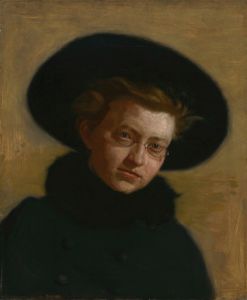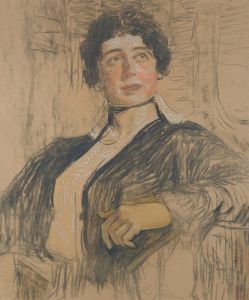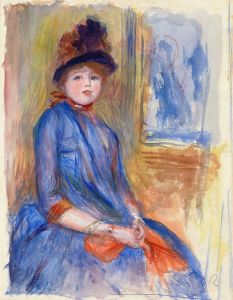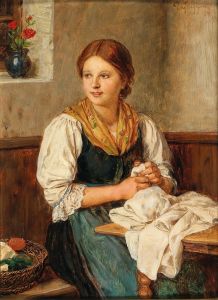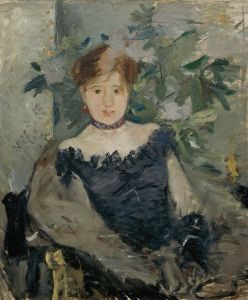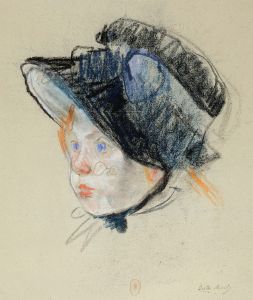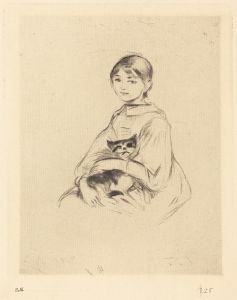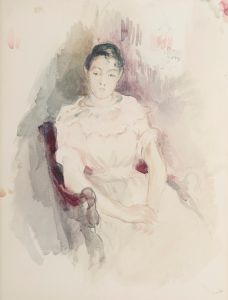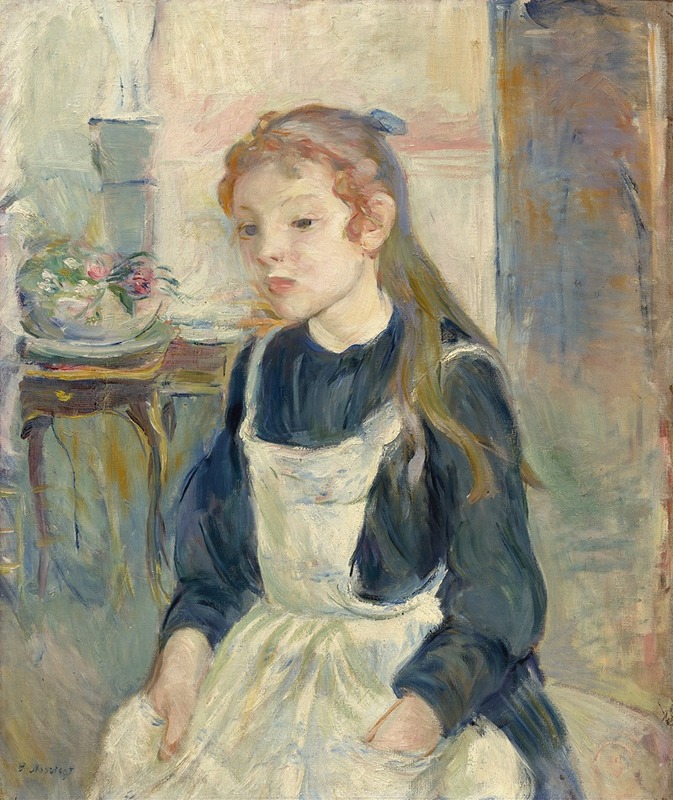
Young Girl with an Apron
A hand-painted replica of Berthe Morisot’s masterpiece Young Girl with an Apron, meticulously crafted by professional artists to capture the true essence of the original. Each piece is created with museum-quality canvas and rare mineral pigments, carefully painted by experienced artists with delicate brushstrokes and rich, layered colors to perfectly recreate the texture of the original artwork. Unlike machine-printed reproductions, this hand-painted version brings the painting to life, infused with the artist’s emotions and skill in every stroke. Whether for personal collection or home decoration, it instantly elevates the artistic atmosphere of any space.
"Young Girl with an Apron" is a painting by the French artist Berthe Morisot, a prominent figure in the Impressionist movement. Morisot, born on January 14, 1841, in Bourges, France, was one of the few female artists who gained recognition in the predominantly male Impressionist circle. She was known for her delicate brushwork and her ability to capture the subtleties of light and color.
The painting "Young Girl with an Apron" exemplifies Morisot's skill in portraying domestic scenes and the everyday lives of women and children. Although the exact date of the painting is not definitively known, it is believed to have been created in the late 19th century, during the height of the Impressionist movement. The work features a young girl, likely a model or someone from Morisot's personal circle, dressed in a simple apron, which suggests a scene of domesticity or casual daily life.
Morisot's technique in this painting is characteristic of her broader body of work. She employs loose, fluid brushstrokes that convey a sense of immediacy and spontaneity. The use of light and shadow is subtle yet effective, creating a soft, almost ethereal quality to the figure of the young girl. The color palette is gentle, with muted tones that enhance the intimate and serene atmosphere of the scene.
Berthe Morisot often focused on themes of femininity and domestic life, which were reflective of her own experiences and the societal roles of women during her time. Her works frequently depicted women and children in private, everyday settings, offering a glimpse into the personal and often overlooked aspects of life. "Young Girl with an Apron" is a testament to Morisot's ability to find beauty and significance in the mundane.
Morisot's contributions to the Impressionist movement were significant, and she exhibited regularly with the group from their first exhibition in 1874. Despite the challenges faced by female artists in the 19th century, Morisot earned the respect of her peers, including renowned artists such as Édouard Manet, who was also her brother-in-law. Her work was well-received by critics and collectors alike, and she played a crucial role in shaping the direction of modern art.
Today, "Young Girl with an Apron" is appreciated not only for its artistic merit but also for its historical significance. It provides insight into the life and work of one of the pioneering women in the Impressionist movement. Morisot's legacy continues to be celebrated, and her paintings are held in high regard in museums and private collections around the world.
In summary, "Young Girl with an Apron" by Berthe Morisot is a fine example of her Impressionist style, capturing the essence of domestic life with grace and sensitivity. Through her innovative techniques and focus on everyday subjects, Morisot has secured her place as a key figure in the history of art.





